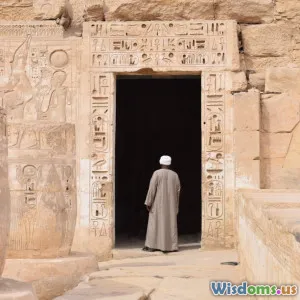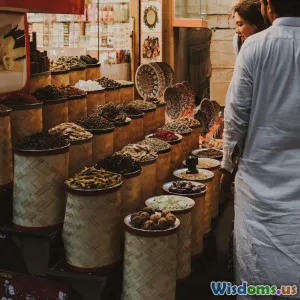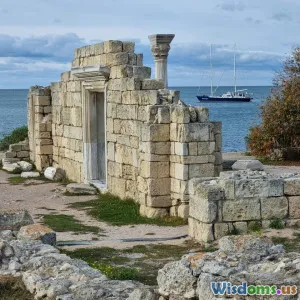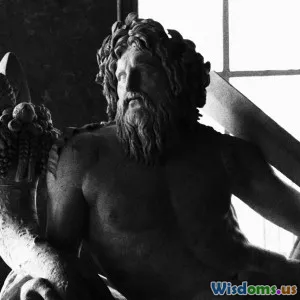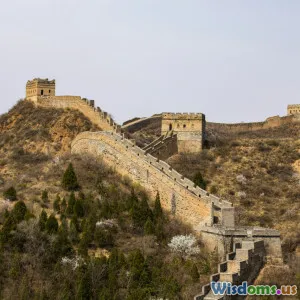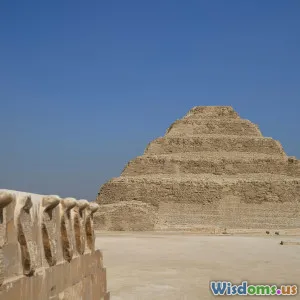
What Ancient Coins Reveal About Daily Life in Greece
18 min read Explore how ancient Greek coins unveil fascinating details about everyday life and culture in classical Greece. (0 Reviews)
What Ancient Coins Reveal About Daily Life in Greece
Walk through the halls of any archaeological museum in Greece, and you'll stumble upon glittering arrays of ancient coins: small circles of silver, gold, and bronze stamped with striking imagery and enigmatic inscriptions. While these numismatic wonders capture the grandeur of empires and political leaders, their greatest secrets lie in the stories of everyday Greeks—farmers, soldiers, merchants, women, and children whose lives unfolded one drachma at a time. Far from being mere artifacts, ancient coins are windows into the markets, morals, religions, and aspirations of a people living over two millennia ago.
Decoding the Marketplace: Coins as Transaction Tools
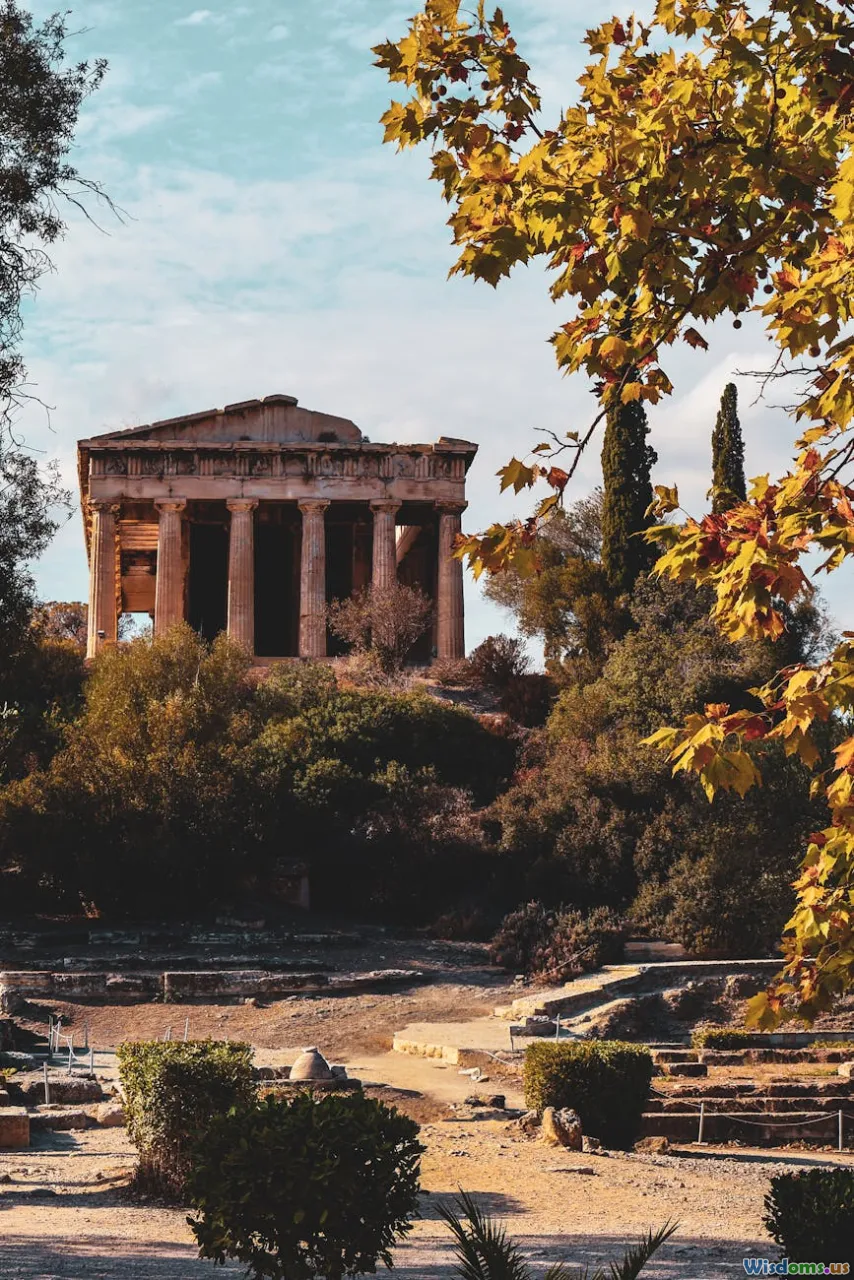
The heartbeat of Greek daily life was commerce, pulsing through vibrant agorae—marketplaces bustling with traders and buyers. The design, denominations, and metallic content of ancient coins reveal just how fundamental they were to economic life.
Athenian Owls and Buying Power
Consider the classic silver tetradrachm of Athens, featuring Athena’s profile on one side and her symbolic owl on the other. This coin wasn’t simply a piece of silver; it was the gold (or rather, silver) standard for international trade in the Mediterranean. Traders from as far away as Egypt and Persia accepted Athenian owls, their reliable weight and elegant artistry conveying trust and stability. In a local market, a single drachma might purchase a sheep or cover a day laborer’s wage—facts known from surviving transaction records and literary references.
Small Change, Big Implications
Likewise, the frequent discovery of low-value bronze coins near city gates, fountains, and residential areas suggests their daily use for small purchases: buying bread, fish, pottery, or lamp oil. The scarcity of low-denomination coins in certain periods, such as after the Peloponnesian War, hints at economic hardship and inflation—classic signs seen today when small change becomes rare.
Coins provided exact values that oil, grain, livestock, and textiles could be balanced against, streamlining exchanges for all members of society. Their very presence underscores how ancient Greeks valued predictability and agreed standards, laying the groundwork for modern contracts and fair trade regulations.
Minted Symbols: Statehood, Identity, and Civic Pride
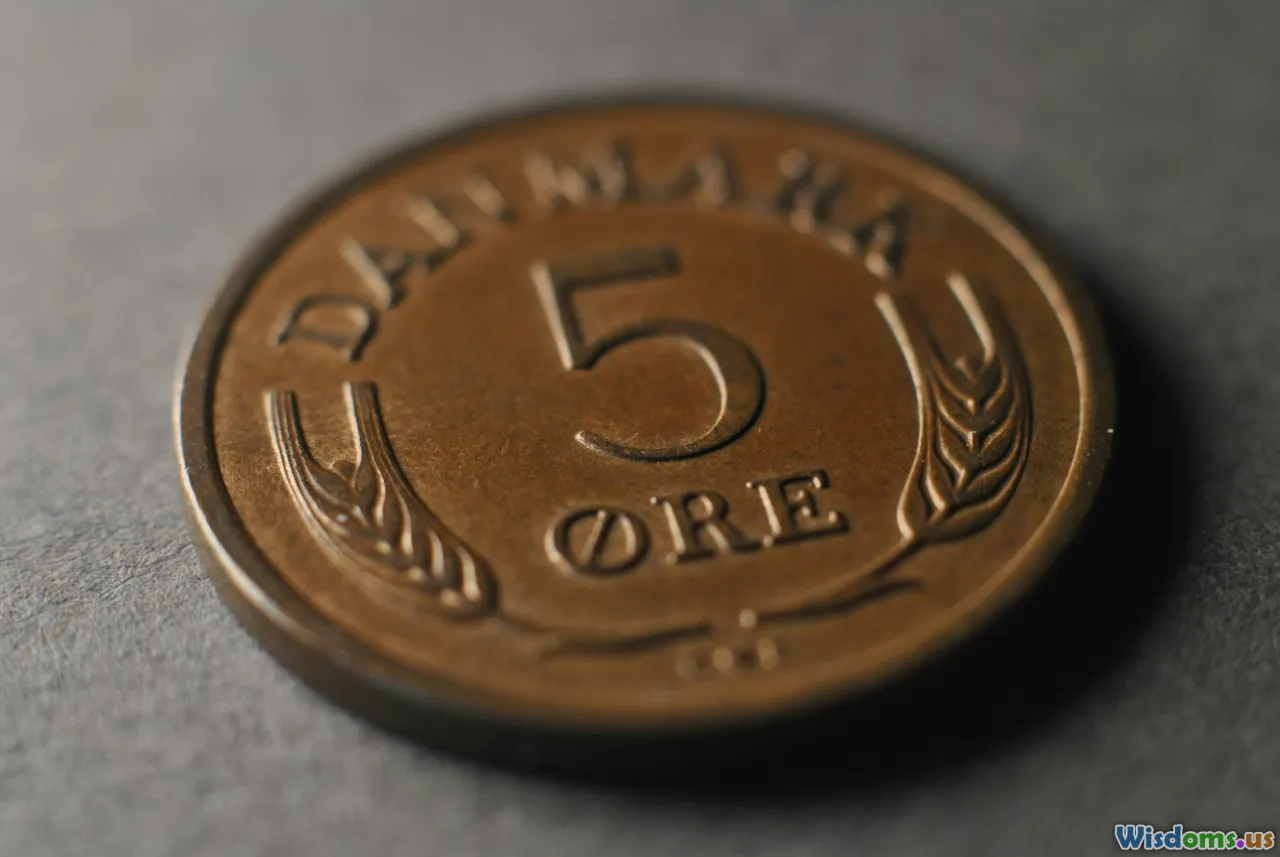
In ancient Greece’s patchwork of city-states (poleis), coins were tangible emblems of collective identity and pride. Each polis designed its coins to advertise power, cultural heritage, and religious devotion.
Corinth’s Pegasus and Thebes’ Boeotian Shield
Corinth stamped coins with the winged horse Pegasus, drawing upon mythological roots and their patronage of the god Poseidon. Thebes favored the Boeotian shield, reflecting both militaristic strength and local mythology. For the Greeks, these images weren’t decorative alone—they acted as portable badges of citizenship. Carrying a coin bore a subtle declaration: "I am of Corinth," or "Mine is the city of Samos."
Coins in Intercity Rivalry and Diplomacy
Researchers note periods when poleis minted coins with identical weights and designs, often after forming alliances. The “standardization” of coins can be traced through numismatic finds; after the formation of the Delian League, for example, many members adopted Athenian-style coinage, easing commerce and signaling political obedience.
This civic branding extended beyond economics. Festivals and major battles were commemorated with limited runs of coins, such as special emissions by Syracuse celebrating victories over Carthaginian invaders. It is through this assortment that numismatists can map alliances, rivalries, and major public events—stories that otherwise survive only in shadowy legend or fragmentary records.
The Religious Realm: Deities, Sanctuaries, and Daily Devotion
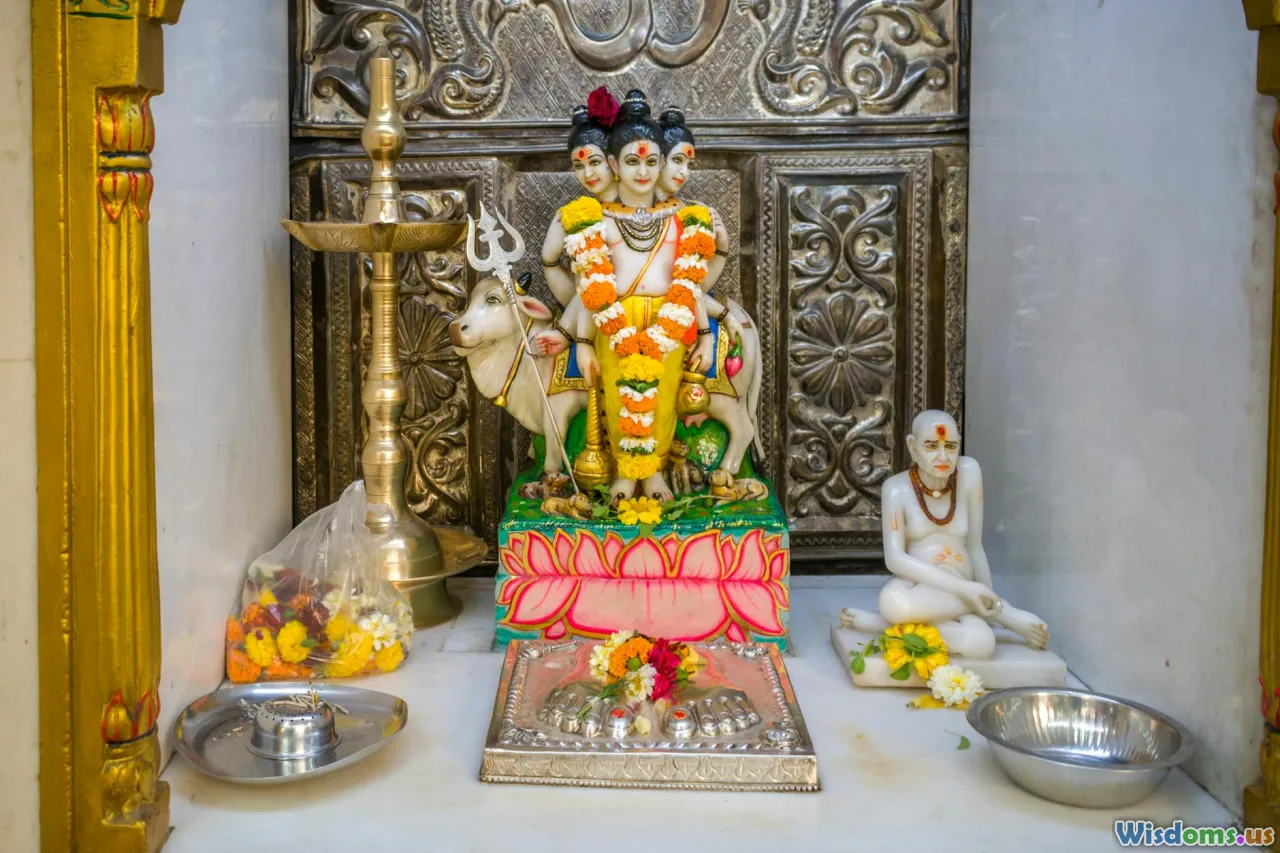
Coins radiated with the religious symbolism of the time, their surfaces alive with depictions of gods, goddesses, and sacred animals. These images are not random; their frequency and placement reflect the centrality of religion and ritual in Greek life.
Athena, Apollo, and Civic Patronage
Athena dominated Athenian coinage, linking every transaction to the city’s martial and cultural guardian. At Delphi, Apollo’s laurel wreath or lyre graced local coins, emphasizing Delphi’s sanctity as the oracular center of Greece. Such imagery provided a form of public piety—residents and foreigners handling coins participated vicariously in honoring the city’s divine protectors.
Sacred Economies
Major religious centers operated their own "temple currencies." Archaeologists have found small, leaden tokens and specially minted coins at sites like Eleusis and Olympia, which could be exchanged for oil, garlands, sacrificial animals, or lodging for pilgrims. This practice reveals the scale of ancient festivals and the logistical challenges of hosting thousands for the Panathenaic Games or the Eleusinian Mysteries—both glimpsed through the tokens left behind in these sanctuaries.
Notably, coins minted for religious festivals often included elaborate images not found in daily commerce—heraldic chariots, mythic beasts, and stylized flames. Their limited runs point to their ceremonial importance and make them important markers for archaeologists dating holy events or reconstructing ritual life.
Portraits of Power: Rulers, Tyrants, and the Greek Imagination
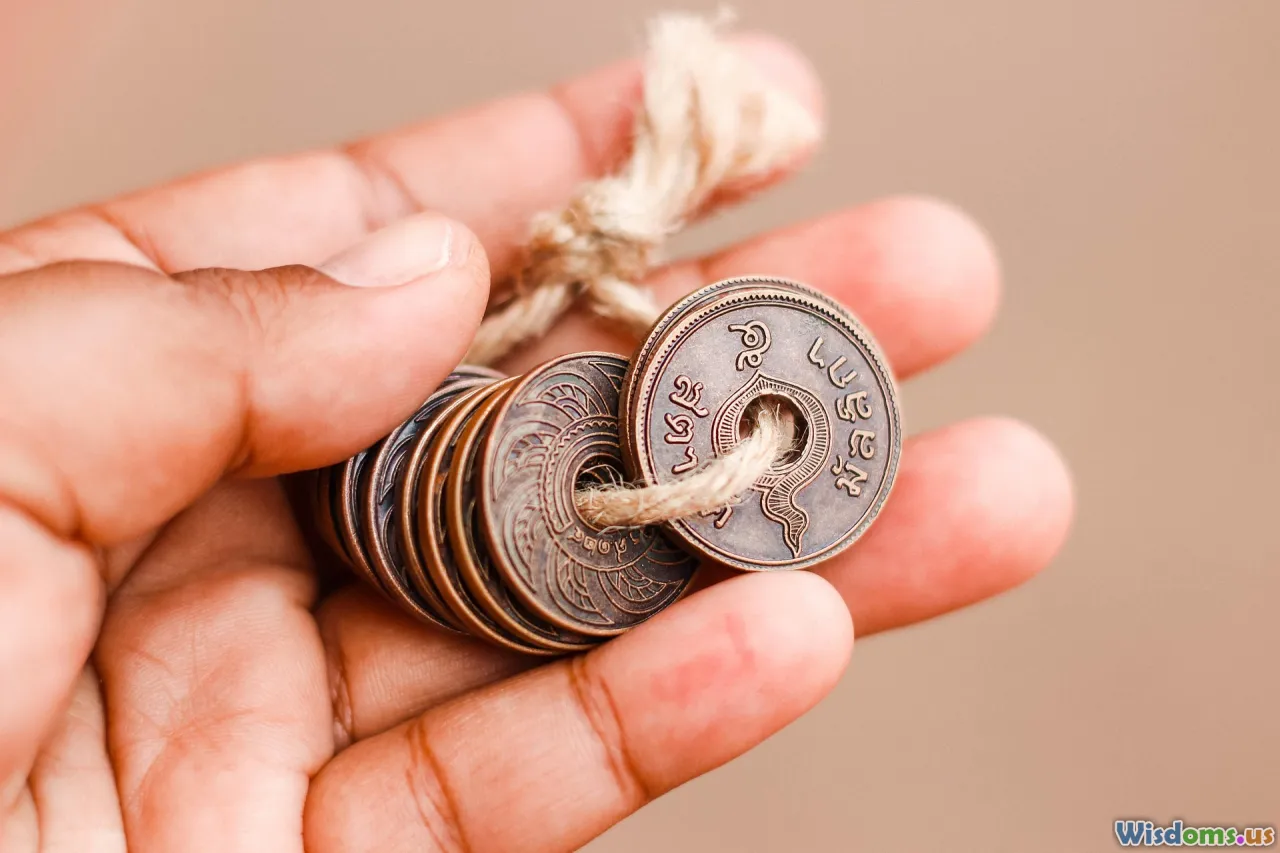
Despite a popular image of Greece as the birthplace of democracy, the ancient coin record is just as much a catalogue of ambitious rulers as of collective institutions. Before the prevalence of Alexander the Great’s image, most Greek coins bore symbols—never the likeness—of ruling individuals.
The Shift to Personal Portraiture
This changed during the Hellenistic period, when Alexander’s successors—known as the Diadochi—pioneered the practice of placing their own portraits on coinage. Lysimachus, who ruled Thrace, Egypt, and Asia Minor, minted coins showing Alexander adorned with the ram’s horn of Ammon, importing divine legitimacy to his claim. Later, Ptolemy I in Egypt struck coins with his own image, setting a template for royal self-promotion borrowed by the Romans and later civilizations.
Coins thus served a double function: They were both tokens of commerce and instruments of state propaganda. When everyday people exchanged coins with a ruler’s face, they unwittingly participated in a mass-media experiment that bound them to a ruler’s myth, establishing the idea of a personal—and portable—sovereignty.
Reactions and Subtleties
This innovation wasn’t without controversy. Early Greek citizens, particularly those from democratic backgrounds, were wary of issuing coins with mortal portraits, considering it close to blasphemy or even “tyranny.” As new regimes consolidated power, however, coin portraits became expected, and over time, even the iconography—divine symbols, laurels, thunderbolts—grew more closely blended with the ruler’s image.
Women, Children, and Social Roles Implied in Coin Scenes
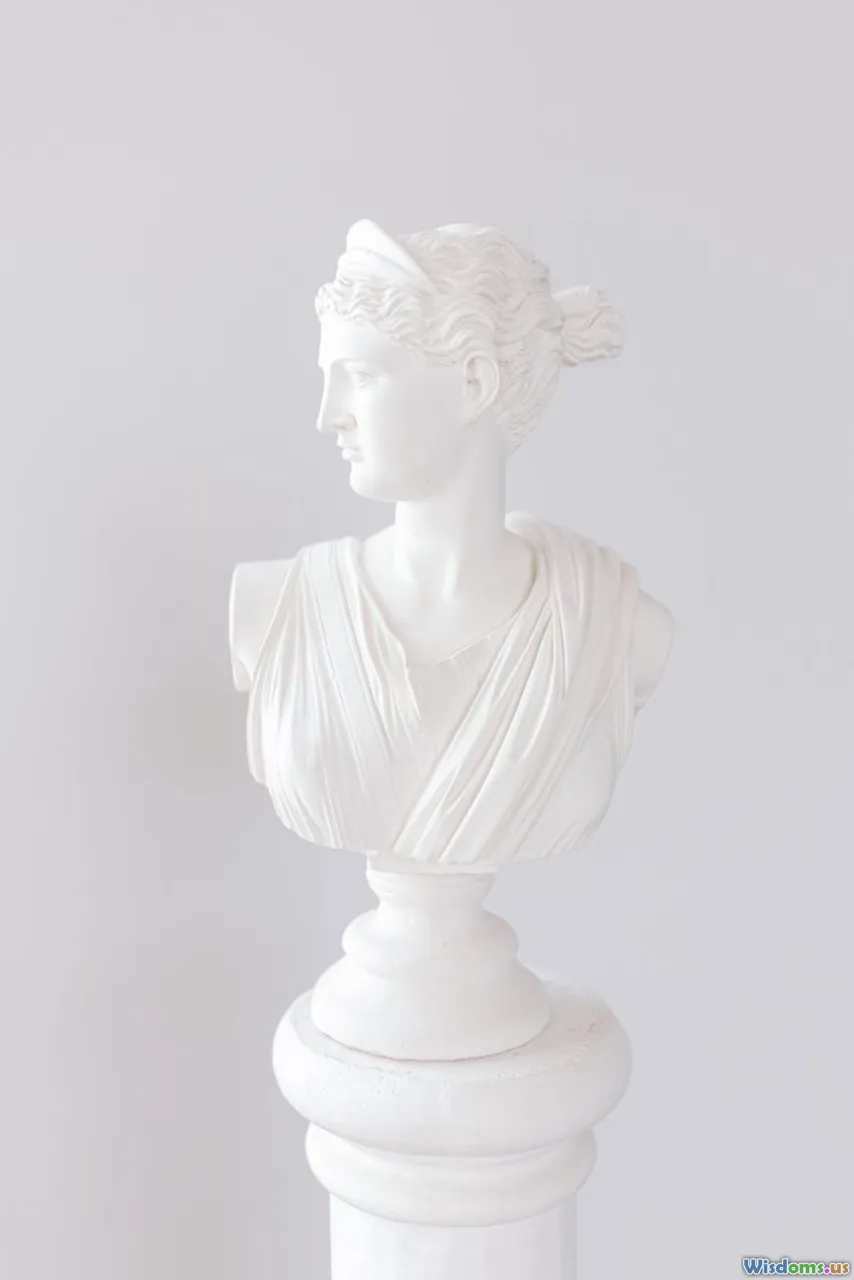
Women and children rarely appear as individual portraits on Greek currency, but their presence and social status can be deduced from several numismatic clues.
Domestic Scenes and Femininity
Depictions of goddesses such as Demeter, Persephone, and Hera symbolized fertility, motherhood, and marriage—key social roles for women. Coins from cities like Knidos feature Aphrodite, simultaneously advertising the local cult and the role of temple prostitution in civic identity and economy. Such scenes hint at the intertwining of sacred and secular in women’s public participation.
The Mosque Coins and Hellenistic Education
Other coins depict young children in scenes reflecting Greek ideals of education and family. The so-called "Mosque Coins”—discovered across Asia Minor—depict a child with a stylus and wax tablet, referencing both schooling and cultural values.
Moreover, artifacts and coin hoards found within domestic contexts, notably in houses and private courtyards, suggest that children sometimes handled small “toy coins”—practical training for future economic participation. Subtle changes in the depiction and size of such coins indicate shifts in attitudes toward childhood, family legacy, and the household as an economic unit.
Tracking Trade Routes and Connections Beyond Greece
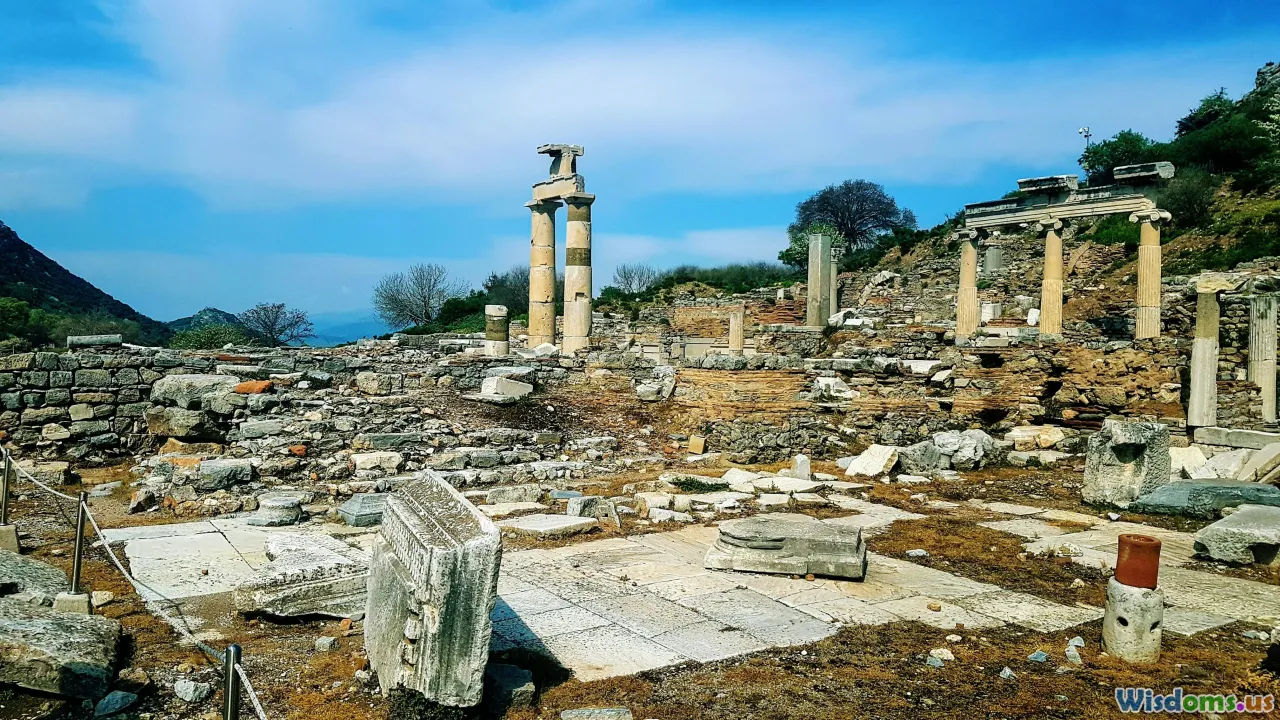
Ancient Greek coins traveled far—sometimes astonishingly so. This is the clearest evidence we have for the extensiveness of Greek commerce, long before modern shipping or digital payments.
Egyptian to Etruscan Connections
Athenian coins have been discovered in places as distant as Egypt, Carthage, and Etruria (central Italy), often forming the largest foreign presence in local hoards. Such dispersion indicates widespread trust in the Greek monetary system, and implies not just commercial exchange, but also the movement of people—merchants, mercenaries, and itinerants—between continents.
Stamped Proof of Trade Hubs
Coin hoards found in Mediterranean shipwrecks have helped scholars reconstruct ancient trade routes. For example, coins minted on the island of Rhodes and found amongst the wreckage of shipwrecks off the coast of southern France reveal a robust wine trade. Some Aegina "turtle" drachmas—named for their iconic turtle design—have turned up as far away as modern-day Afghanistan, testament to the vast reach of Greek commerce raised by the Silk Road centuries before the Romans forged their own imperial networks.
Currencies as Cultural Passports
Foreign imitations of Greek coinage cropped up across the ancient world, from Indo-Greek kingdoms in Afghanistan to local versions in Carthage and Egypt. These coins, sometimes stripped of their original meaning yet retaining visual elements, show the spread of Greek ideas and artistic style—a silent language spoken in metal and traded across empires.
Technical Marvels: Minting Methods and Everyday Innovation
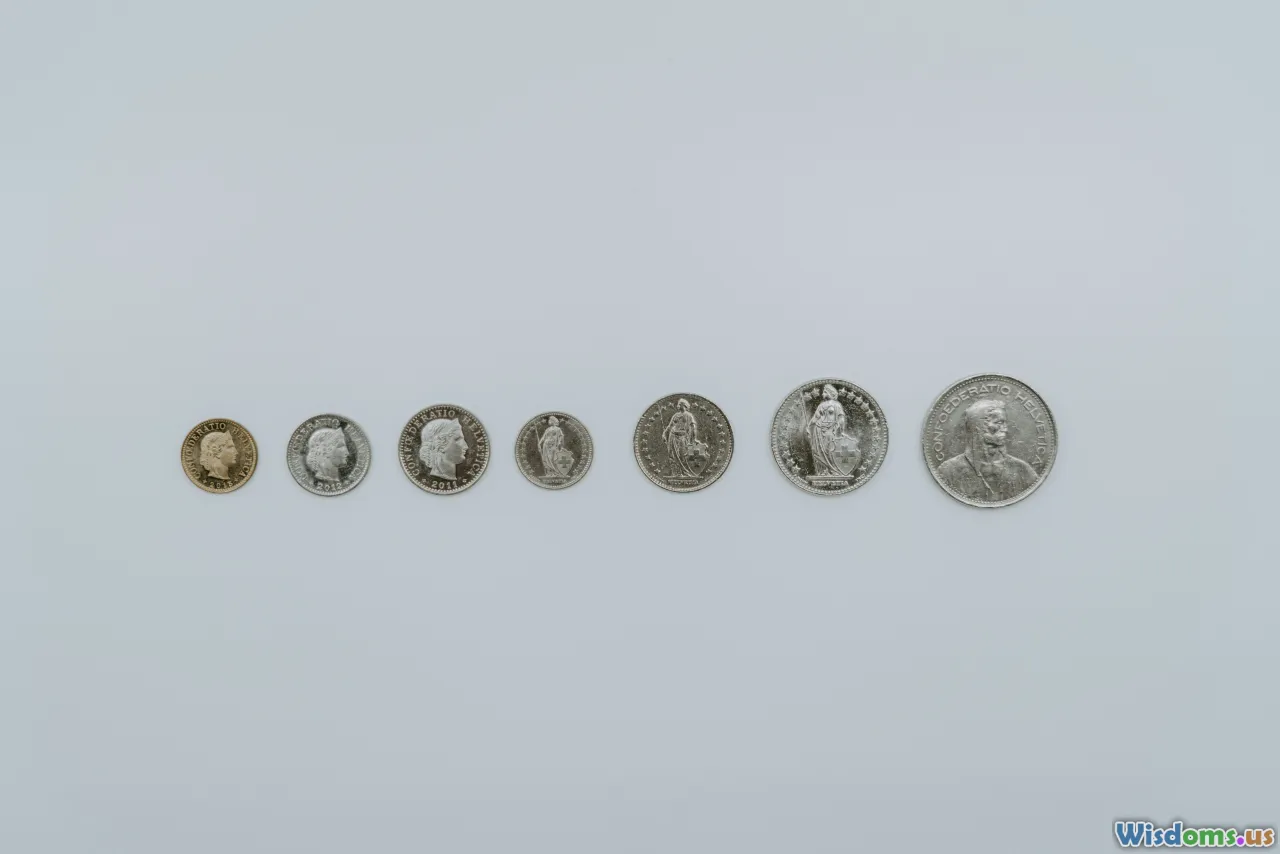
Ancient Greek coinage wasn’t only artistic, but also technical feats reflecting advanced craftsmanship and a forward-thinking approach to mass production.
The Striking Process
Coins were made from carefully measured lumps of metal, heated until malleable, and then hammered between engraved dies—a process demanding both strength and delicacy. Surviving dies and flans (unfinished coin blanks) have been found in the remains of mints in Athens and Syracuse. The accuracy of weight and the metal’s purity both attest to a high degree of control: even minor discrepancies would be quickly noticed in daily transactions, undermining confidence in the local economy.
Quality and Counterfeiting
Counterfeit coins—produced with base metals, plated with silver, or forged entirely—have been documented, often in periods of war or shortage. Official responses included increasingly complex designs and wider flans (to ensure both sides bore the mark of the issuing authority). These anti-counterfeiting measures also served as subtle economic and technological markers; changing features help scholars date coins and deduce periods of instability.
Portable Wealth and Banking Precedents
The accumulation of coin hoards in homes, buried pits, and temple storerooms shows not only personal savings but also the foundation for future banking. Large deposits of standardized coinage made loans, contracts, and even forms of state debt possible—precursors of our contemporary financial systems.
Reconstructing Lost Voices: What Coins Tell Us Beyond the Written Record
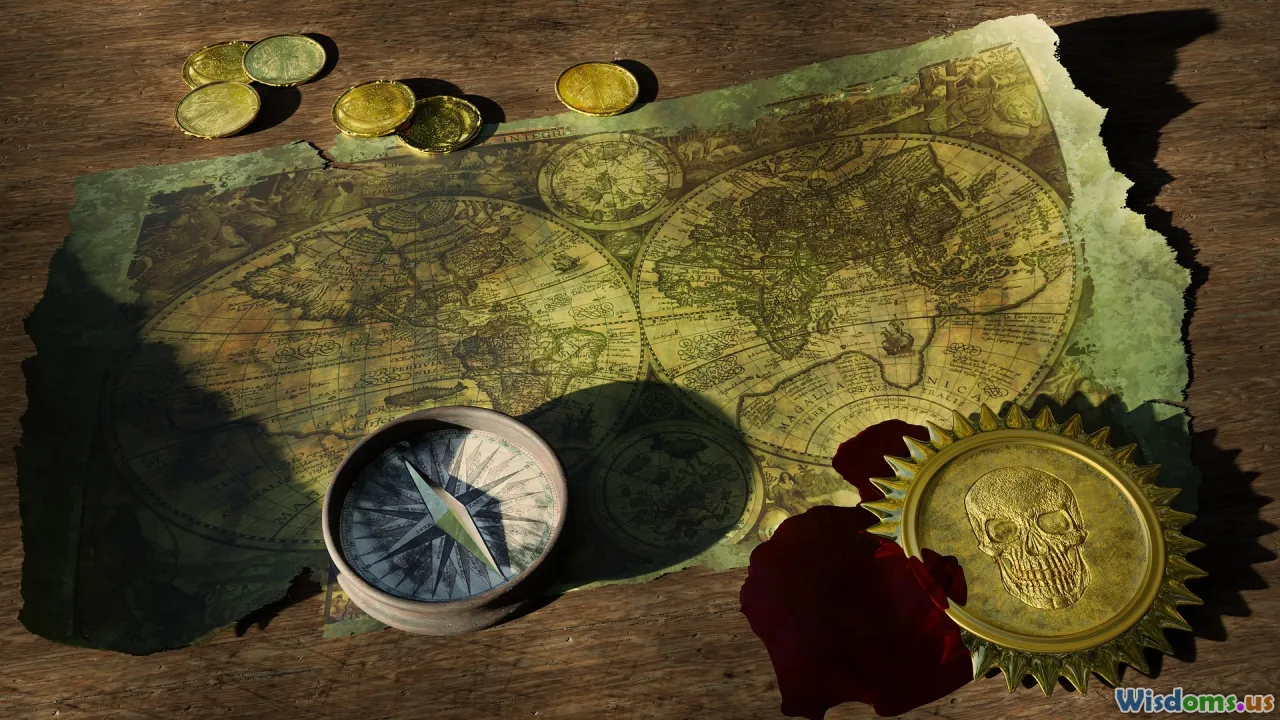
Written texts from ancient Greece survive mostly as literary works, produced by and for an elite sliver of society. Coins, however, were handled, hoarded, exchanged, and sometimes lost by men and women of every social class. Through their variety and ubiquity, ancient coins serve as democratizing sources, offering access to aspects of daily Greek life that the celebrated authors—Homer, Herodotus, Sophocles—could never record.
Hidden Stories in Everyday Exchanges
For example, a bronze coin depicting Hercules clubbing the Nemean Lion turns up far more often in lower-income urban dwellings than in elite mansions, suggesting popular heroes had a resonance absent from official histories. The names of lesser-known magistrates inscribed in tiny script on coin edges chronicle municipal appointments otherwise lost to history—filling gaps left by surviving stone inscriptions.
Childrens' hoards stashed beneath thresholds, finds of foreign coins in remote sanctuaries, and the spread of unusual designs in far-flung towns are each small but vital clues. Through careful study of these accidental artefacts, scholars reconstruct lifeways, beliefs, and shifts in fortune for a civilization foundational to the modern world.
In the end, every ancient Greek coin tells more than just who was in power or what a city prided itself on; it whispers of bread bought, journeys taken, shrines visited, and dreams chased. Their stories endure long after the idolized warriors, kings, and goddesses they bear have faded into myth—quiet reminders of life lived moment to moment on the face of a coin.
Rate the Post
User Reviews
Popular Posts











